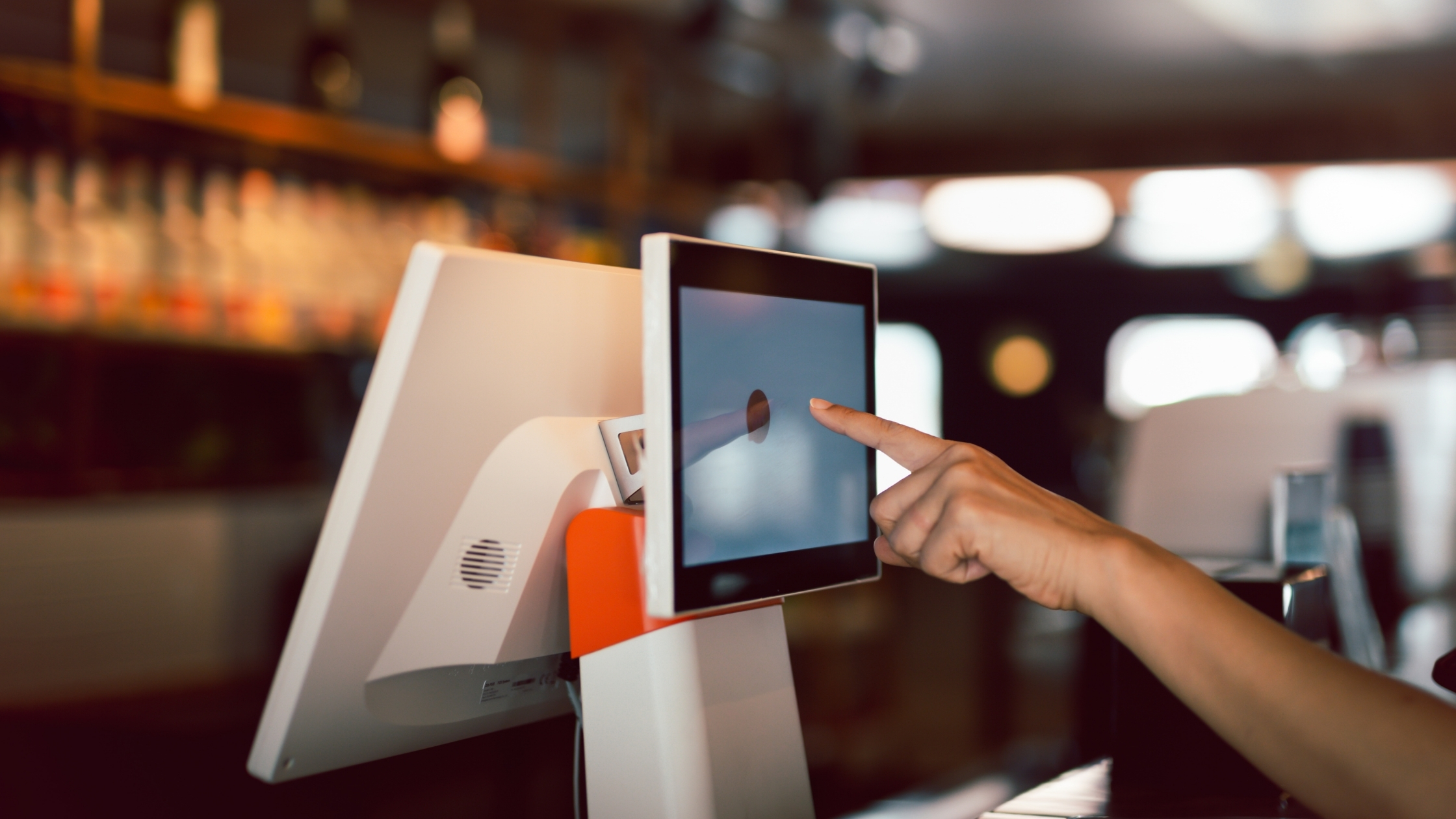In today’s fast-paced commercial world, businesses—big or small—must rely on smart technologies to stay ahead. One such essential tool is point of sale POS software. No longer limited to basic cash registers, these systems have evolved into powerful platforms that manage everything from sales transactions to detailed customer insights.
This guide will take you on a deep dive into the benefits, types, must-have features, and emerging trends in POS software—giving you everything you need to understand why it’s a vital part of modern commerce.
What Is Point of Sale POS Software?
A point of sale (POS) system is the combination of hardware and software that businesses use to complete sales. The POS software is what powers the system—it handles the transaction, updates inventory, tracks customer data, and provides real-time reporting.
What makes POS software truly transformative is its ability to centralize various aspects of running a business into one streamlined system. From checkout counters to mobile kiosks, it offers flexible solutions suited for retail stores, restaurants, service providers, and even e-commerce operations.
How POS Software Enhances Daily Business Operations
The right POS software acts as the command center of your business. Let’s explore how it elevates efficiency and performance:
1. Simplified Checkout Process
Modern POS systems reduce checkout time by supporting barcode scanning, digital wallets, gift cards, and contactless payments. This helps improve customer experience and reduces queues.
2. Inventory Automation
Each sale automatically adjusts your stock levels. This eliminates manual tracking and helps prevent overstocking or understocking.
3. Customer Data Collection
By storing purchase history and preferences, POS software helps you build better relationships with customers through loyalty rewards or targeted marketing campaigns.
4. Accurate Sales Reports
Gain clear insights into your top-selling items, peak business hours, and staff performance with just a few clicks. These reports help guide better decision-making.
5. Employee Oversight
Manage staff logins, shifts, and sales activity directly through the POS interface. This encourages accountability and productivity.
6. Cloud-Based Access
With cloud support, business owners can check performance, update prices, or track inventory from any location—perfect for multi-store operations.
Different Types of POS Software Solutions
POS software isn’t one-size-fits-all. Different business models require different types of systems:
A) Retail POS
Designed for clothing stores, supermarkets, and specialty shops. These systems prioritize barcode scanning, item categorization, and returns processing.
B) Restaurant POS
Built for food service, it includes tools like table mapping, order modifications, kitchen display systems, and tip tracking.
C) Mobile POS
These compact setups run on smartphones or tablets and are perfect for small businesses, markets, or mobile vendors who need flexibility.
D) Self-Checkout Kiosks
These customer-operated systems are common in grocery stores and fast-food chains, offering speed and convenience.
E) Omnichannel POS
Ideal for businesses that sell both in-store and online. It unifies all sales channels, so inventory and customer data stay synchronized.

Essential Features to Look for in POS Software
Not all POS systems are created equal. Here are some features to look for when choosing the best software for your business:
- User-Friendly Interface: Ensure it’s intuitive for quick staff training.
- Multi-Payment Capability: Accept all types of payment methods.
- Real-Time Stock Alerts: Get automatic notifications for low inventory.
- Customizable Receipts: Add branding, messages, or promotional offers.
- Offline Mode: Keep selling even when your internet goes down.
- Data Encryption: Secure sensitive business and customer information.
- Third-Party Integrations: Connect to accounting tools, CRMs, or eCommerce platforms.
- Responsive Support: Choose a provider with round-the-clock technical assistance.
Industry-Specific Use Cases
Let’s look at how different industries benefit from POS software in real-world applications:
For Retail:
- Manage seasonal promotions with ease.
- Automatically track best-sellers and dead stock.
- Simplify product returns and customer exchanges.
For Restaurants:
- Route orders to the kitchen instantly.
- Split bills or apply tips directly in the system.
- Monitor menu performance and reduce food waste.
For Salons and Services:
- Schedule appointments directly through the POS.
- Set up client notes and history for repeat visits.
- Use tiered pricing based on staff skill levels.
Common POS Challenges and How to Overcome Them
Even powerful tools come with potential pitfalls. Here’s how to tackle common POS issues:
- Connectivity Issues: Use systems with strong offline capabilities.
- Overwhelming Features: Choose software that fits your actual needs—don’t overpay for unused extras.
- Integration Limits: Confirm that your POS can sync with your accounting, payroll, or marketing tools.
- High Costs: Consider open-source or scalable pricing models if you’re on a budget.
What’s Next? Trends Shaping the Future of POS Software
As technology continues to advance, so does the potential of POS systems. Watch out for these exciting developments:
- Artificial Intelligence: From predicting sales trends to recommending products, AI is making POS systems smarter.
- Voice Commands: Operate systems with your voice, increasing efficiency in busy environments.
- Biometric Access: Fingerprint or facial recognition for logging in securely.
- Sustainability Integration: Track environmental impact through supply chain data and eco-friendly inventory options.
Final Thoughts
The right point of sale POS software can unlock incredible value for your business—saving time, cutting costs, and empowering smarter decisions. From streamlining checkouts to managing employees and tracking inventory, a good POS solution is essential in today’s competitive market.
If you’re looking for a free, open-source POS system especially well-suited for restaurants, cafés, or hospitality, explore Floreant POS. Floreant POS is a robust and reliable platform that supports offline functionality, order management, and flexible customization—ideal for businesses that want power without complexity.

Frequently Asked Questions (FAQs)
Q1: What exactly does POS software do?
A: It processes sales transactions, updates inventory, tracks customer data, and generates business reports—often in real-time.
Q2: Is a mobile POS good for permanent retail setups?
A: Yes. Mobile POS systems are scalable and work well in both temporary and permanent locations.
Q3: Can POS software work without the internet?
A: Many modern systems offer offline modes that sync data once the connection is restored.
Q4: How long does it take to train staff on a new POS system?
A: Most intuitive systems require just a few hours of training, especially those with touchscreen interfaces.







